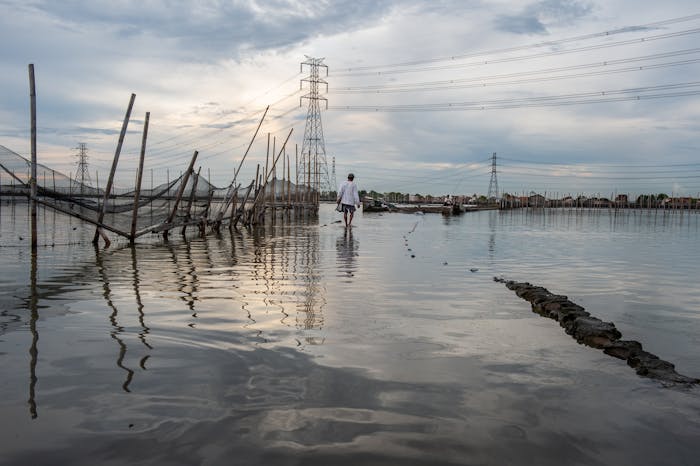City Overview: Semarang
Semarang is the largest city on Java’s north coast and one of Indonesia's main commercial hubs.
The low-lying land around Semarang consists of alluvial plains formed by hundreds of small rivers. The city has historically faced water challenges such as drought, land subsidence, landslides, water pollution, and floods, all of which are likely to become more severe as a result of climate change. Higher surface temperatures, increased rainfall intensity, rising sea levels, and extreme weather patterns are all projected for the region in the coming century, creating problems like income fragility, food scarcity, and forced migration.
Land subsidence has by far the largest impact on flood risk; some parts of central Semarang sink up to eight centimeters per year. The low-lying areas of Semarang are subject to coastal flooding and pollution, while the mountainous areas suffer from drinking water scarcity, landslides and flash floods.
Semarang has been developing various infrastructural projects for sewage, water distribution and water treatment. The city has also been developing plans for energy provision, residential development and harbor expansion. These efforts must keep pace with large and often unregulated growth, making addressing water challenges more difficult.

 06 Clean Water and Sanitation
06 Clean Water and Sanitation
 14 Life Below Water
14 Life Below Water
 15 Life On Land
15 Life On Land
 11 Sustainable Cities and Communities
11 Sustainable Cities and Communities
 13 Climate Action
13 Climate Action
 03 Good Health and Well-being
03 Good Health and Well-being
 09 Industry, Innovation and Infrastructure
09 Industry, Innovation and Infrastructure